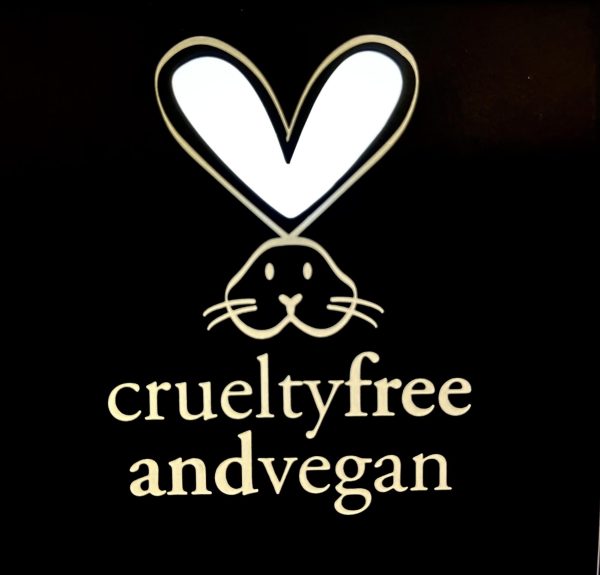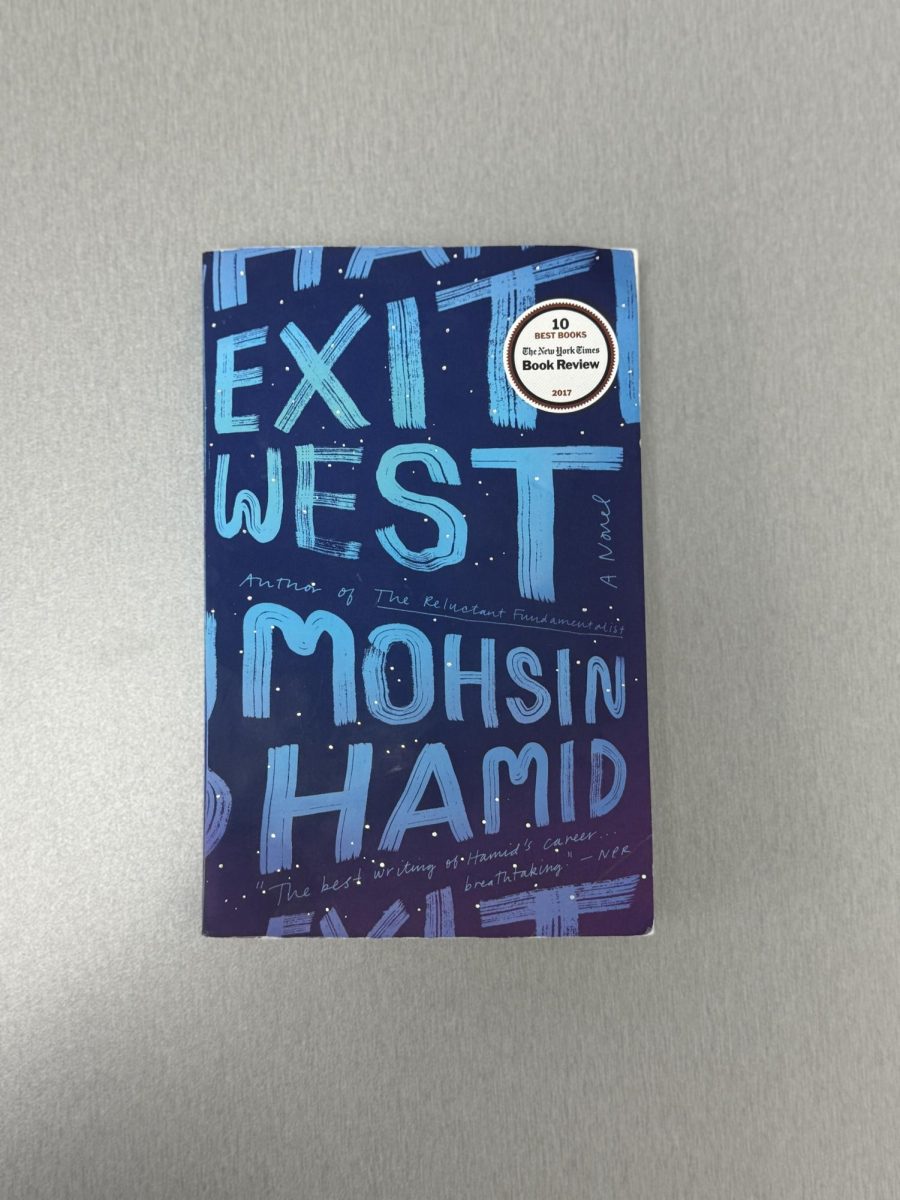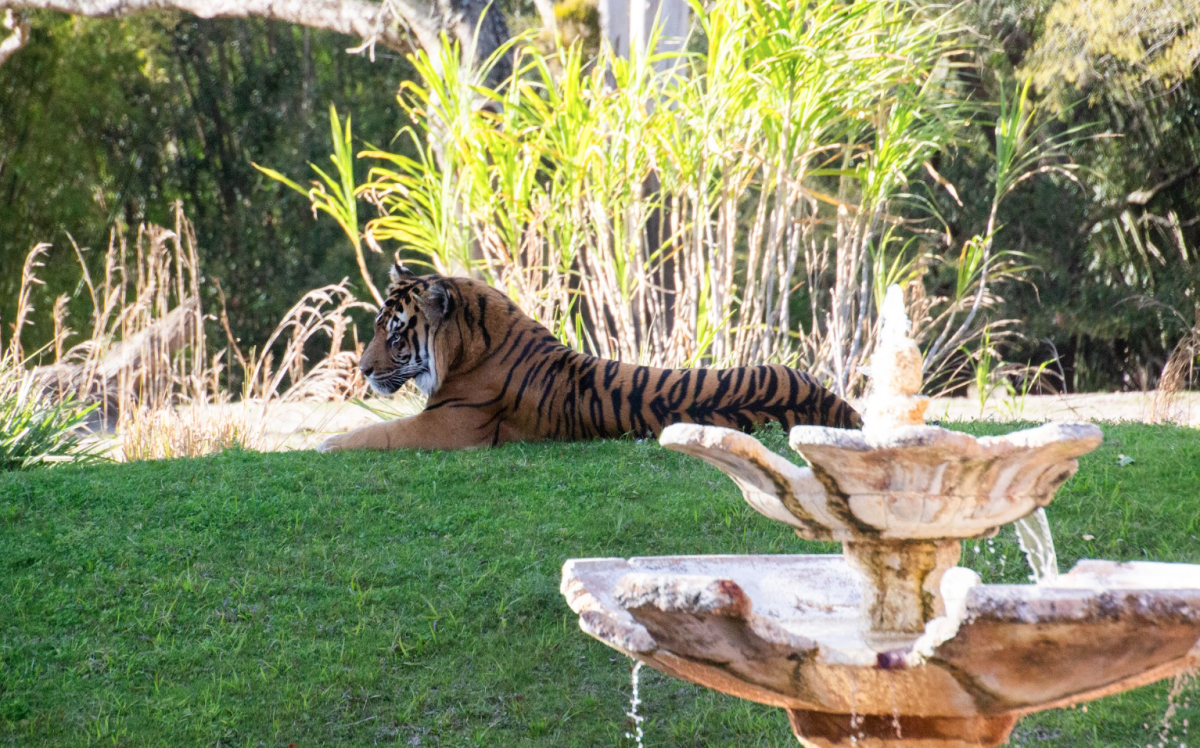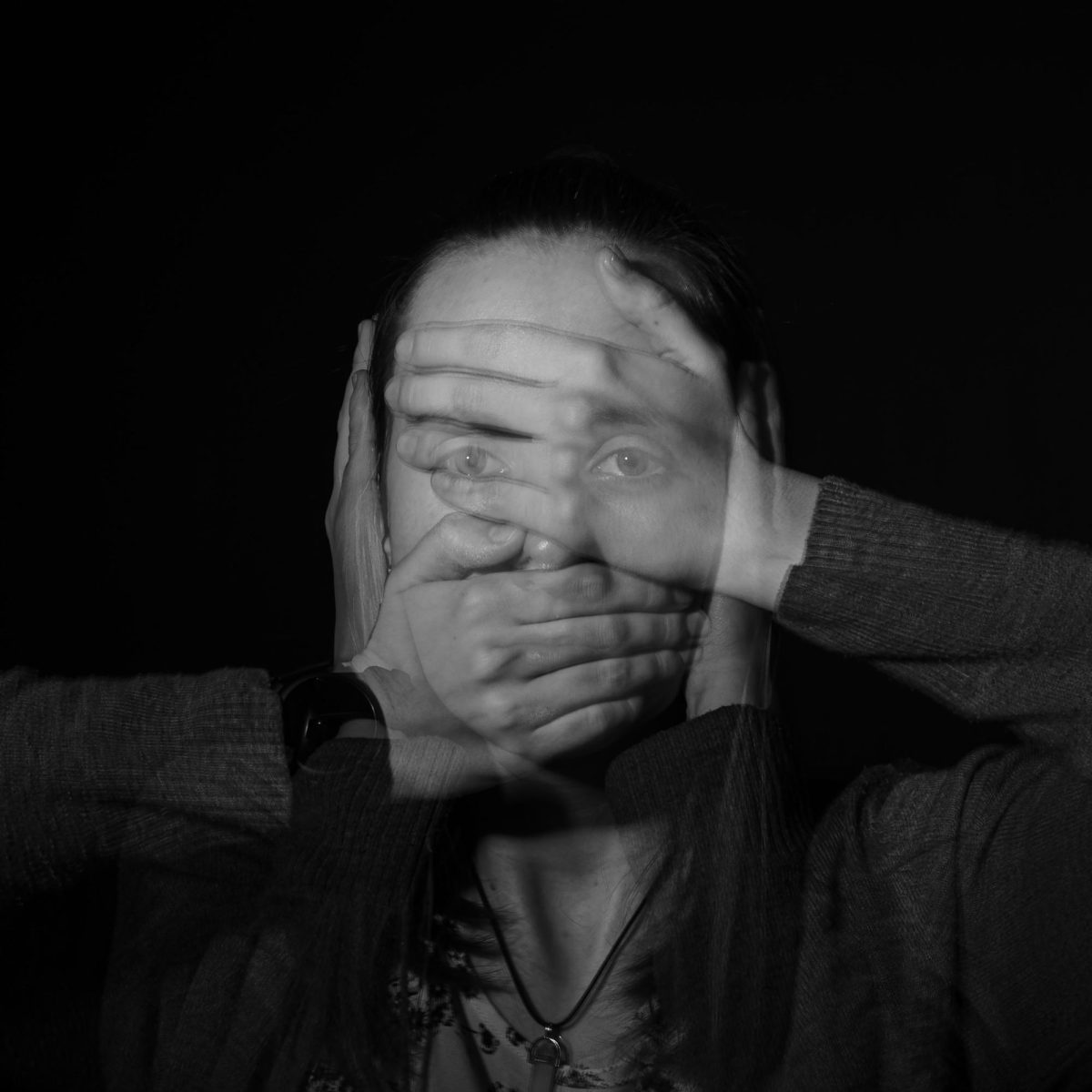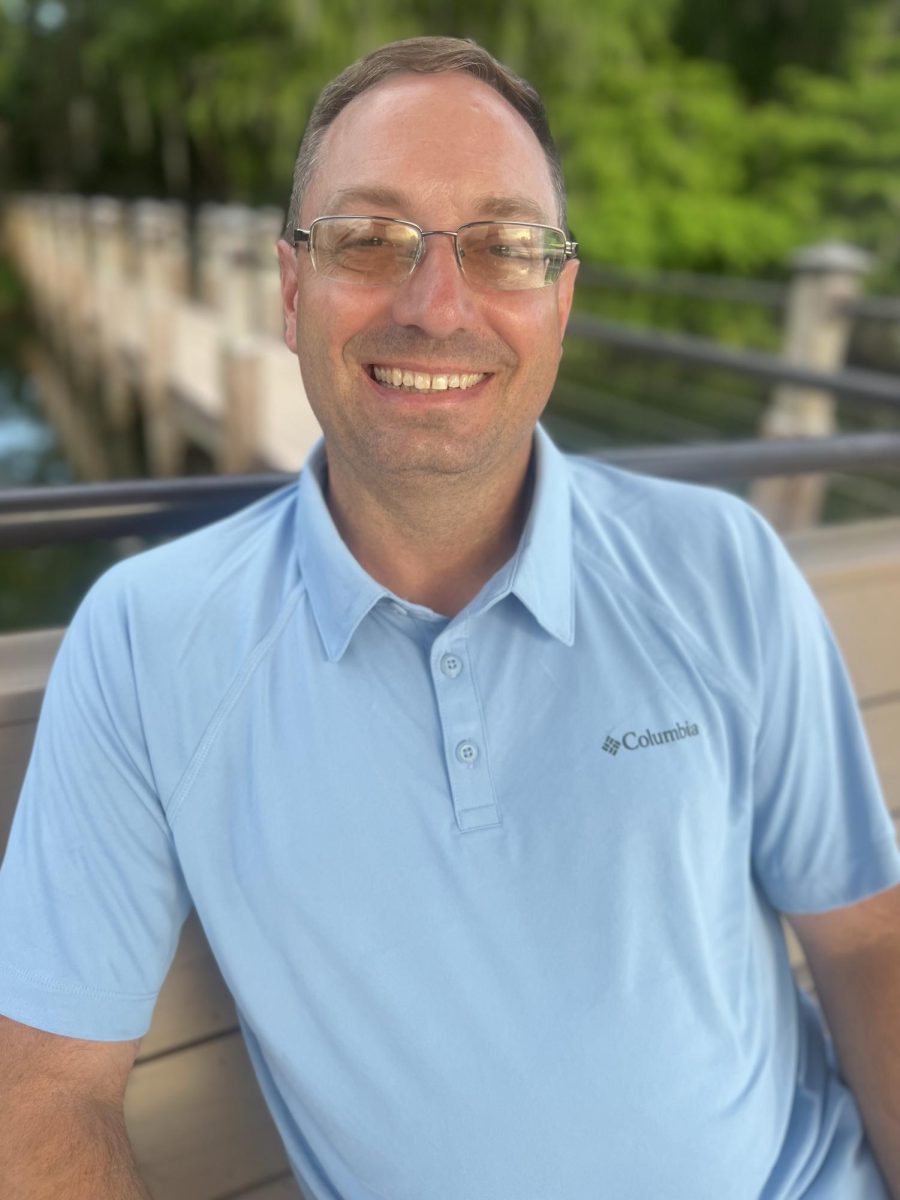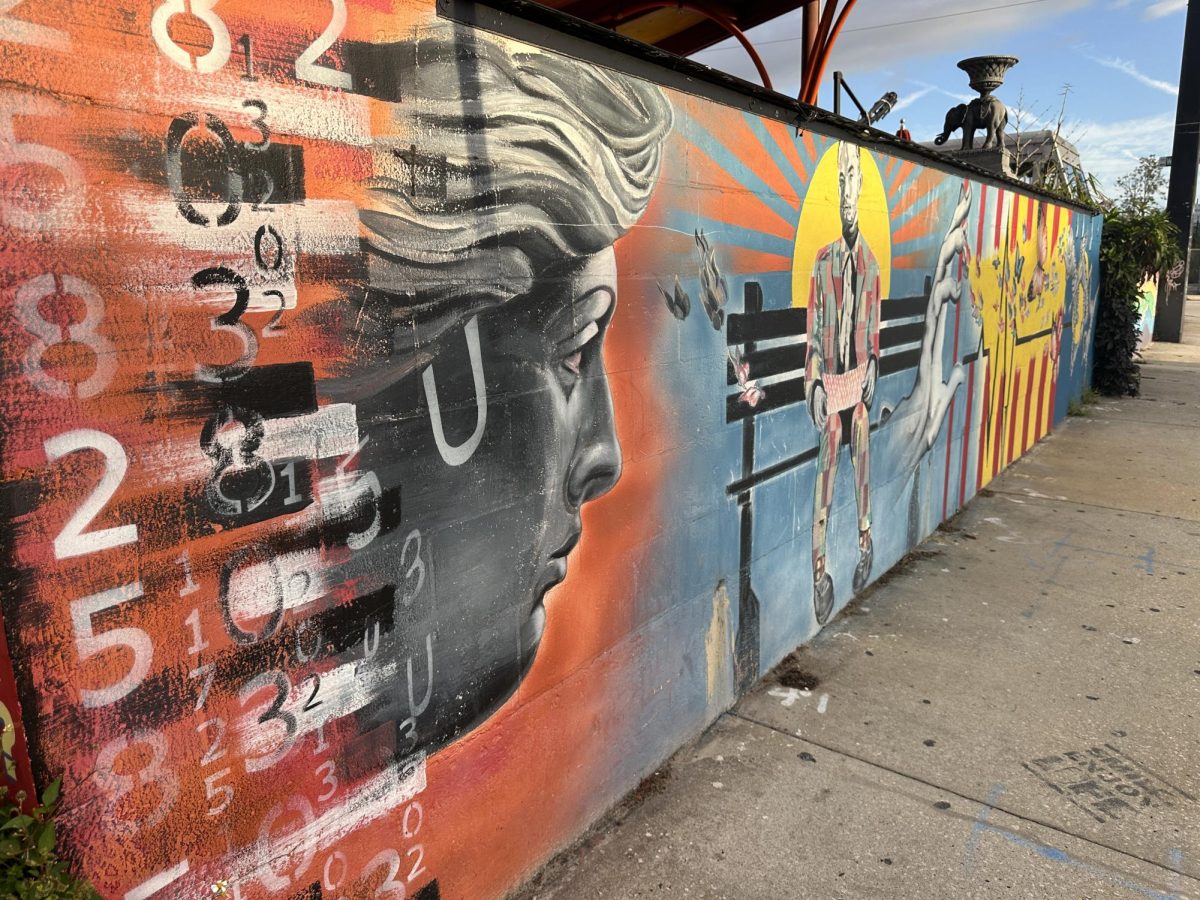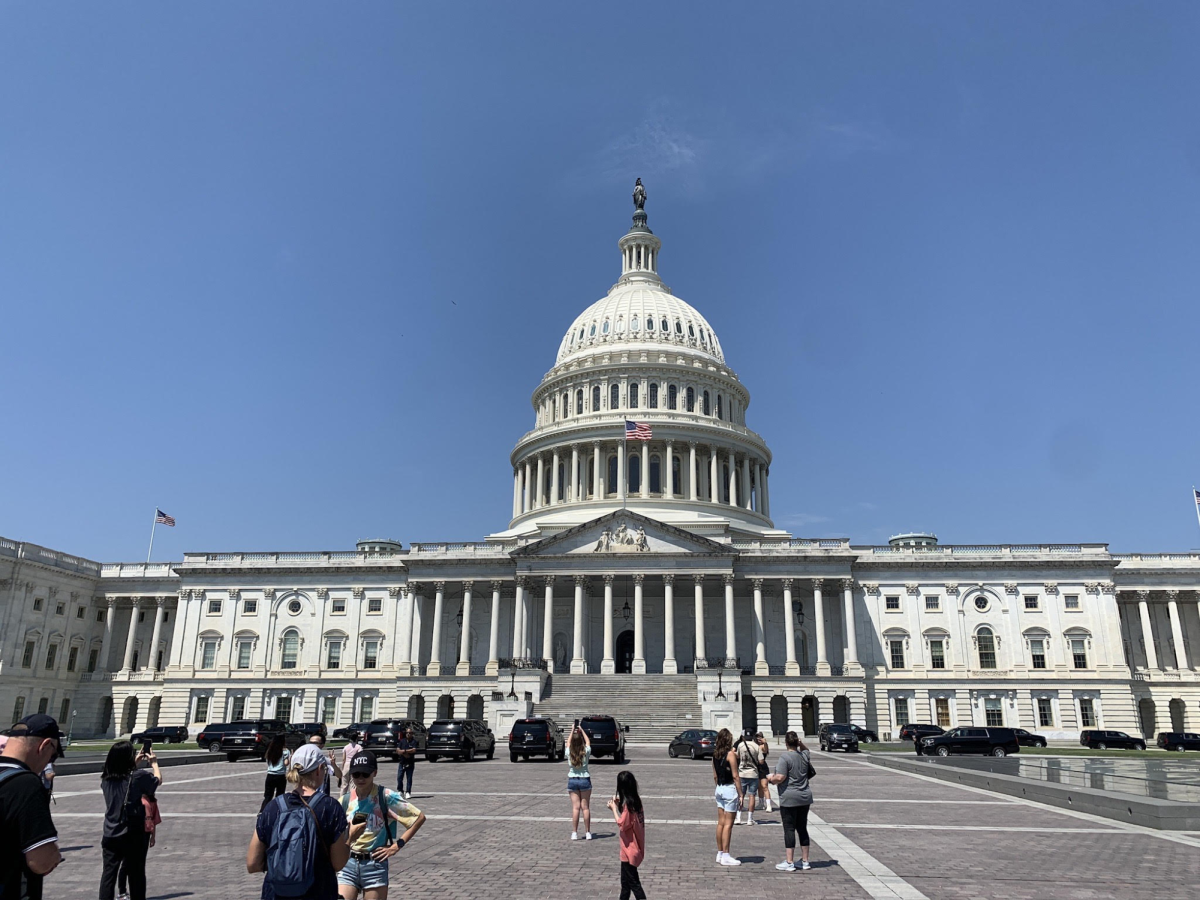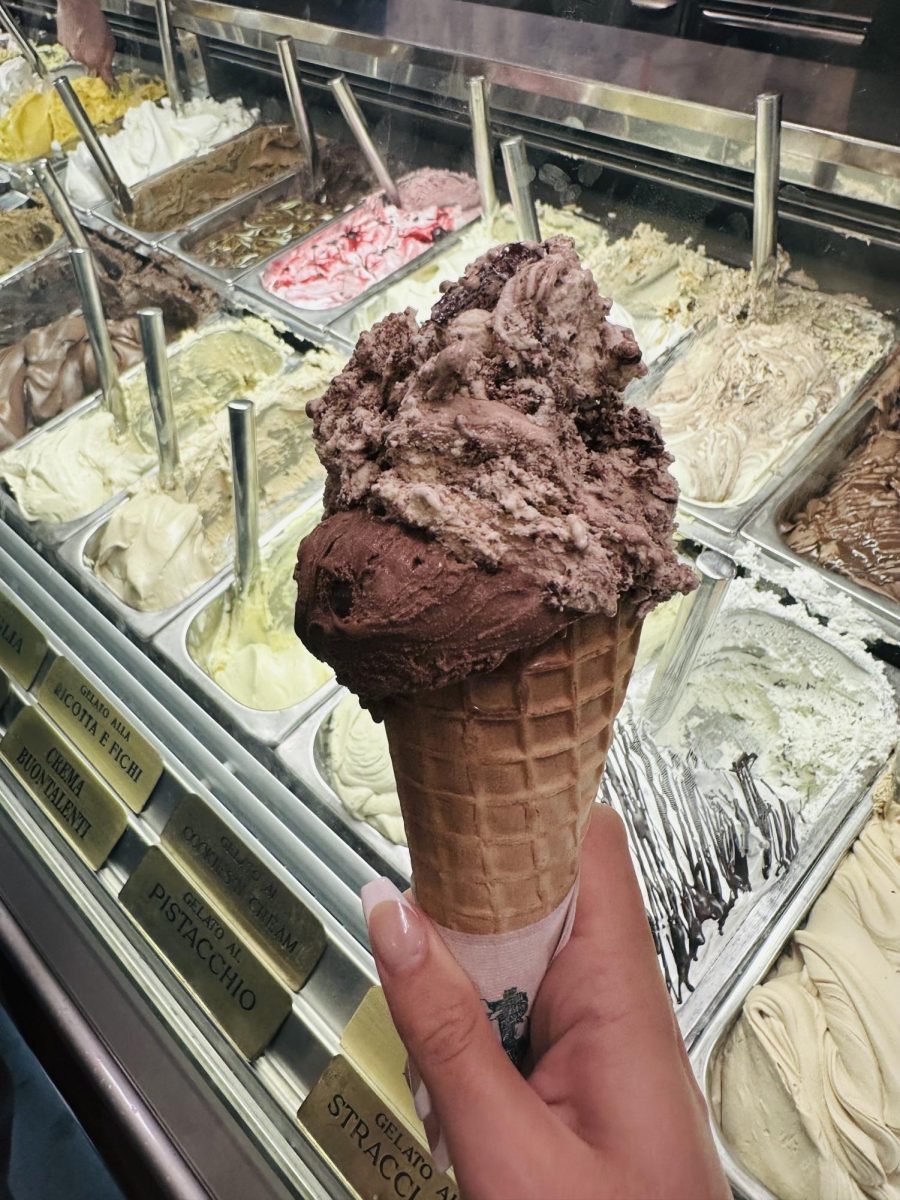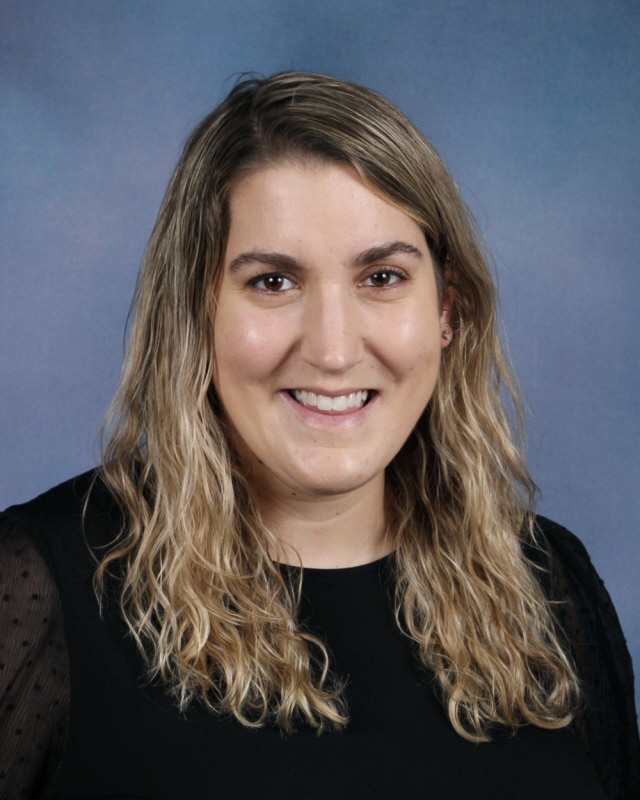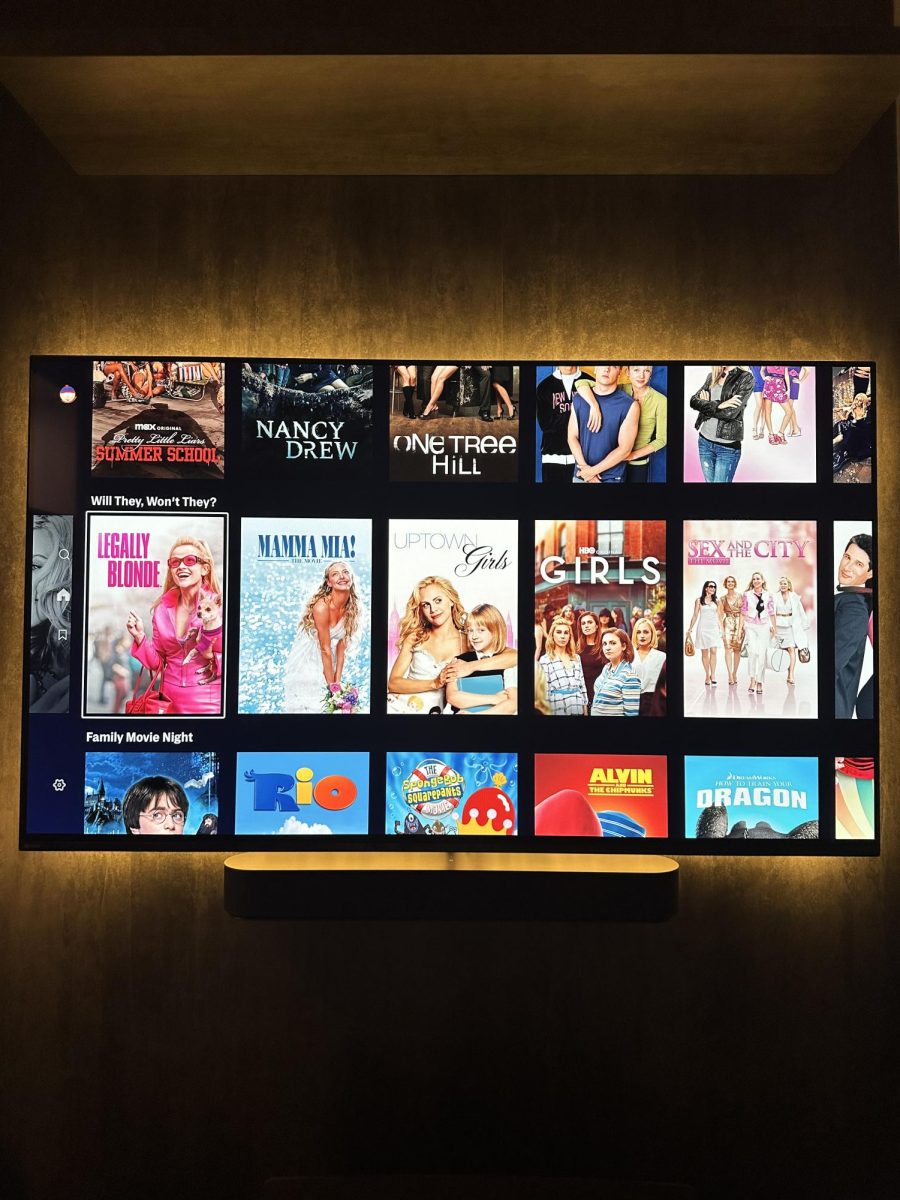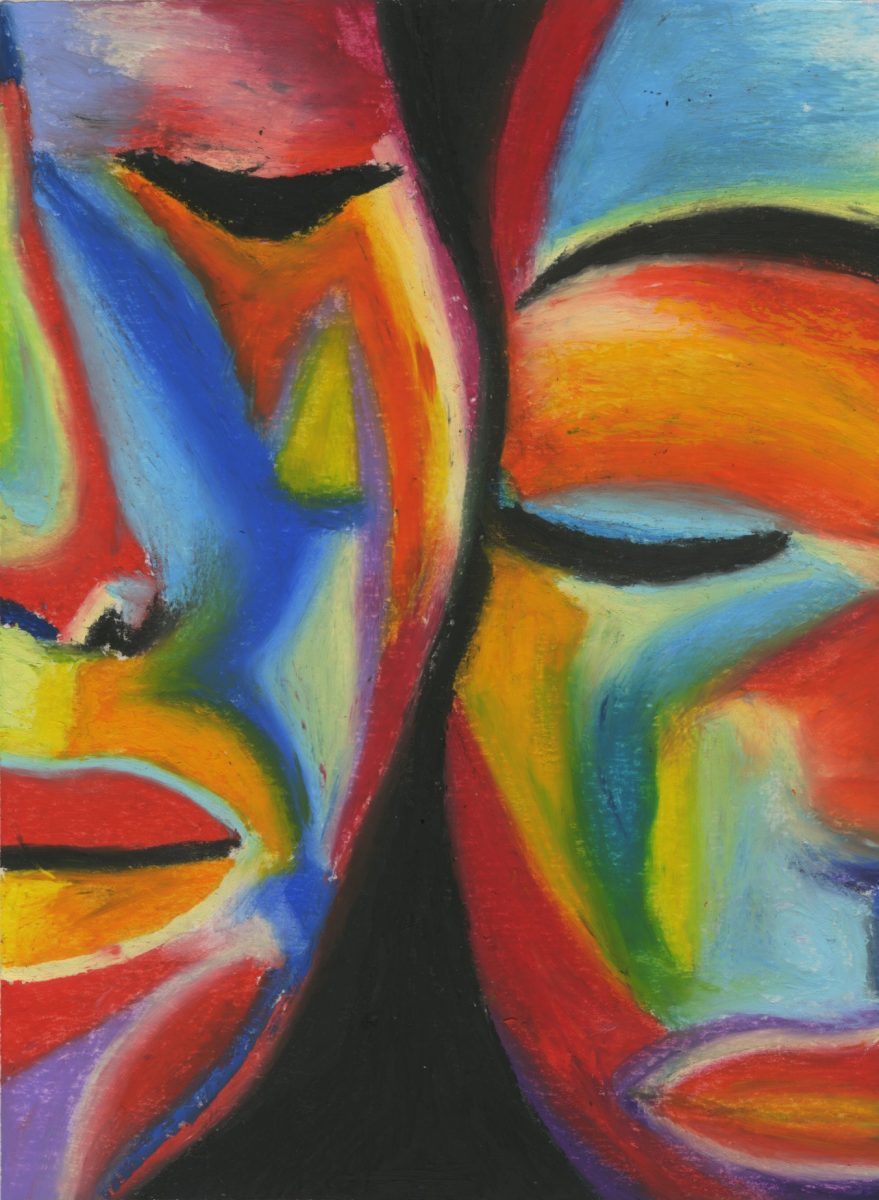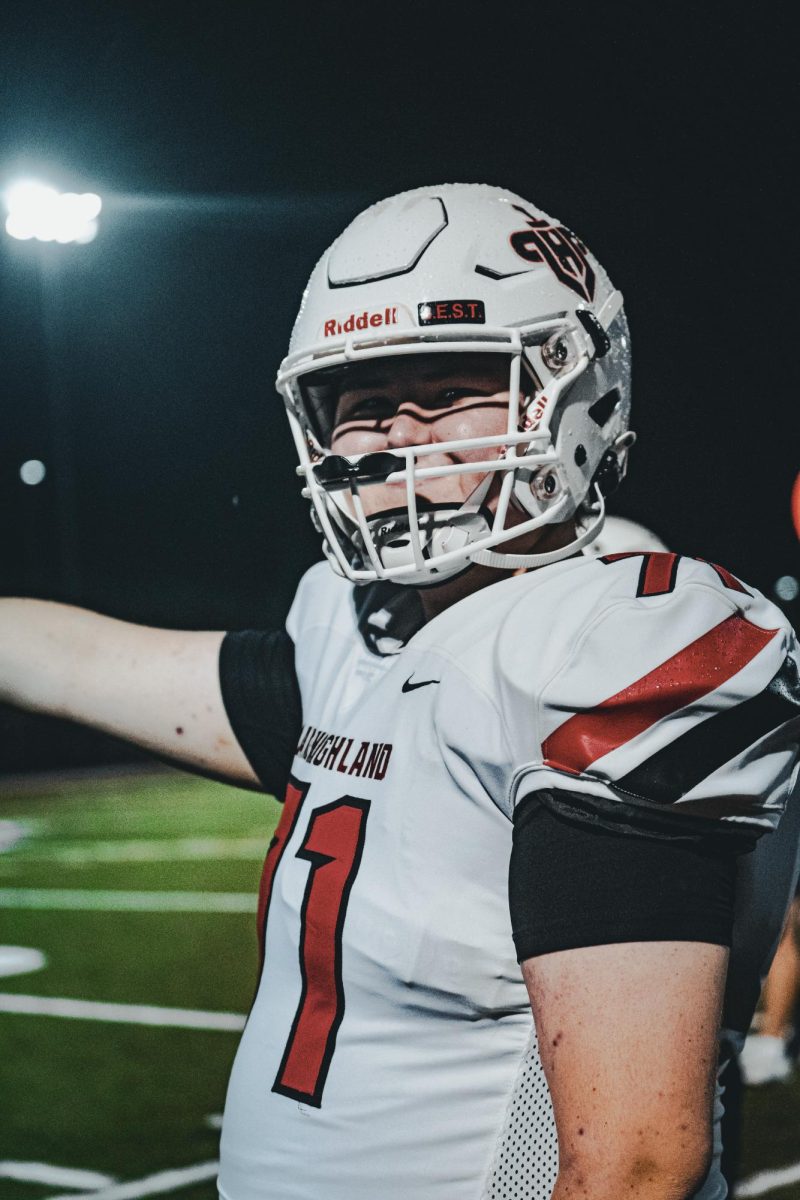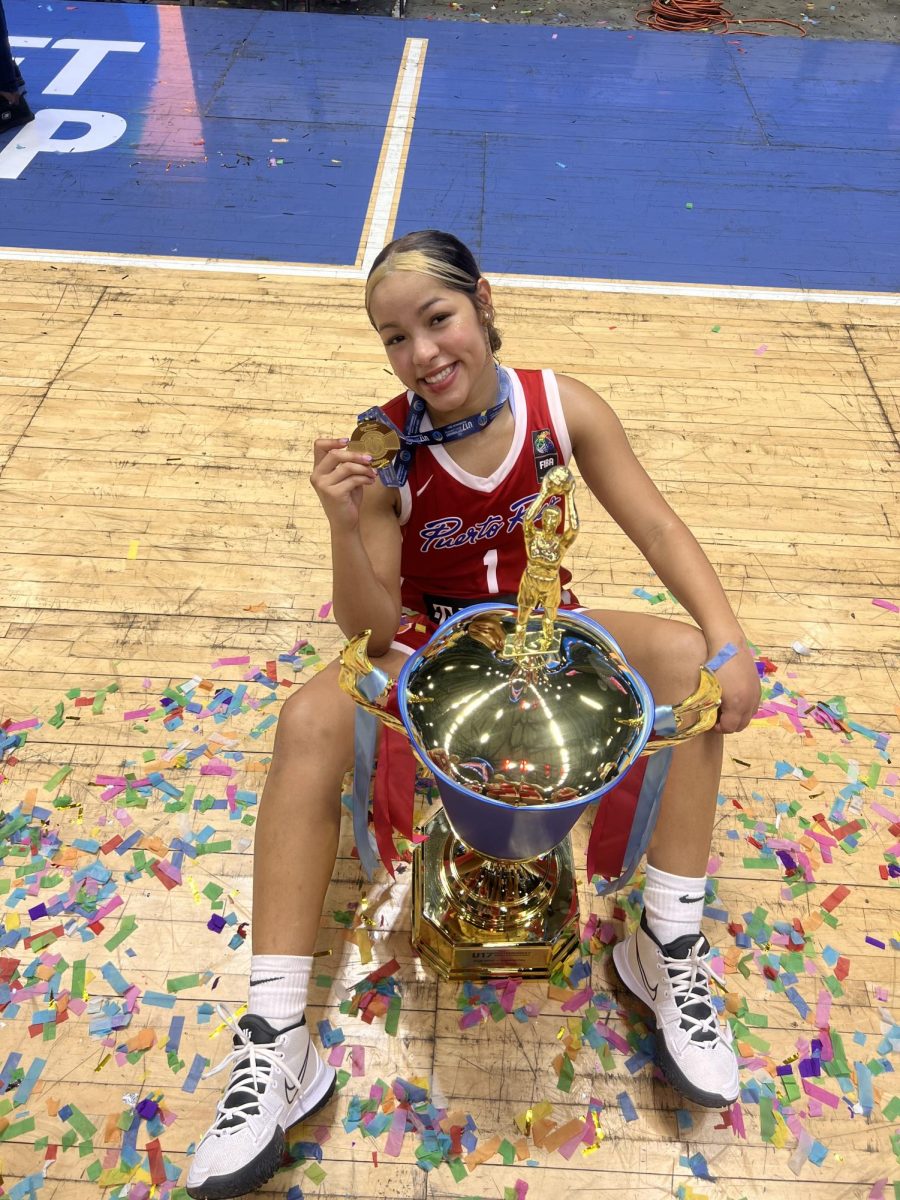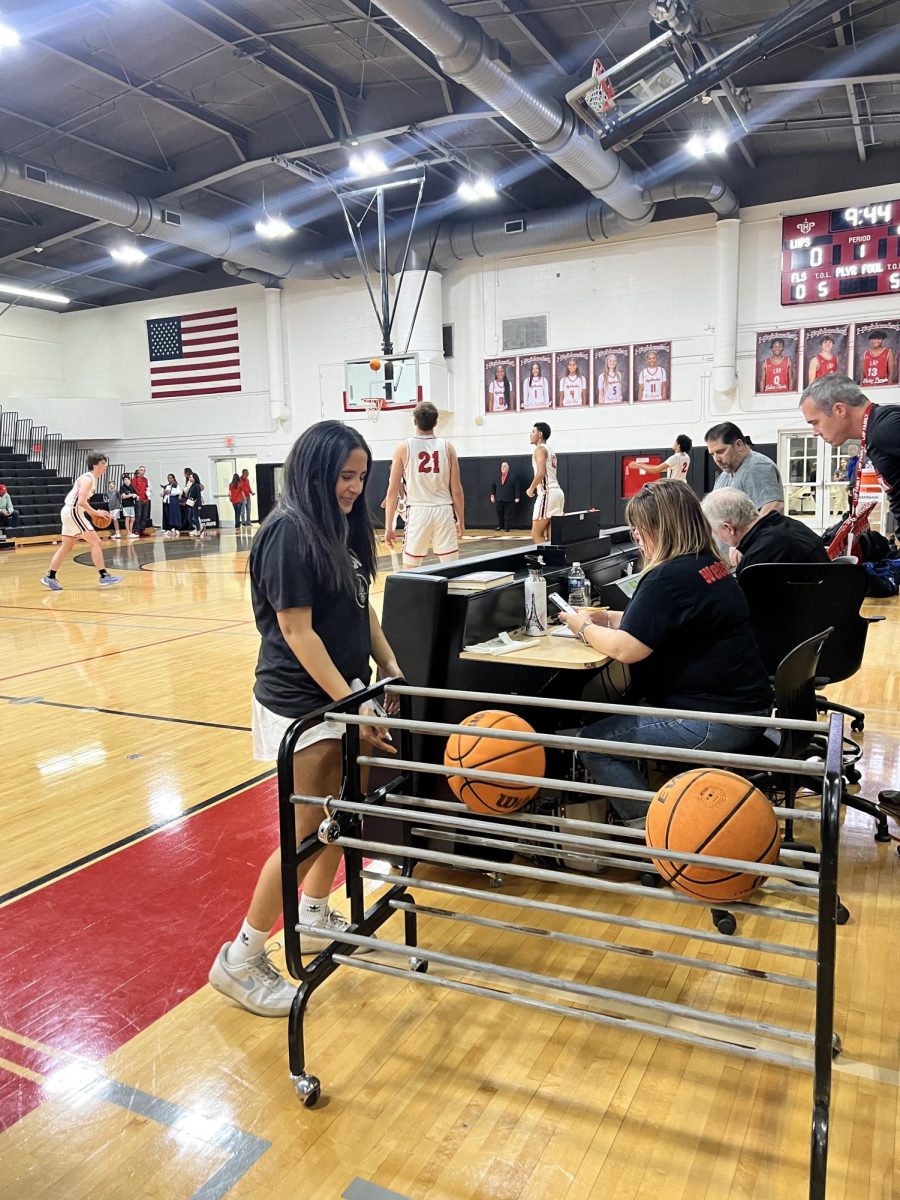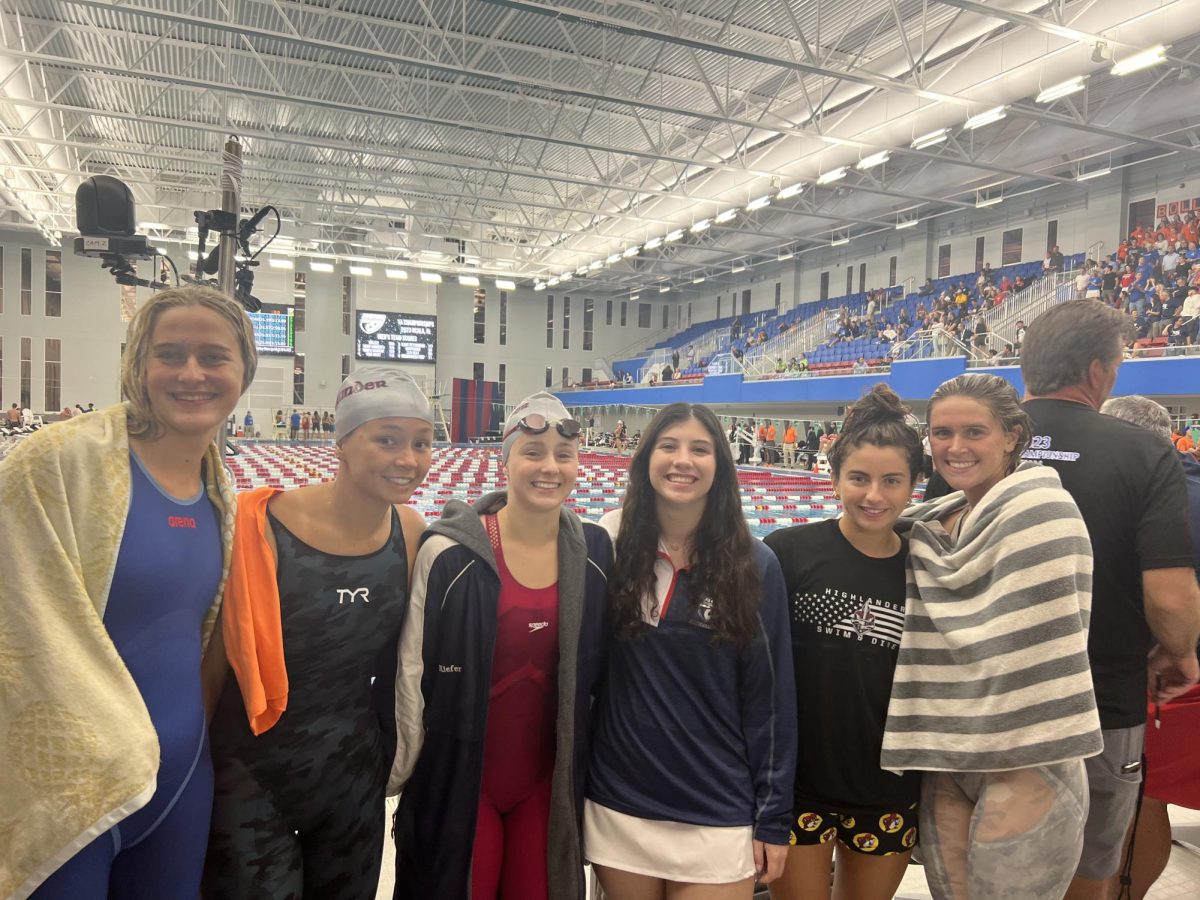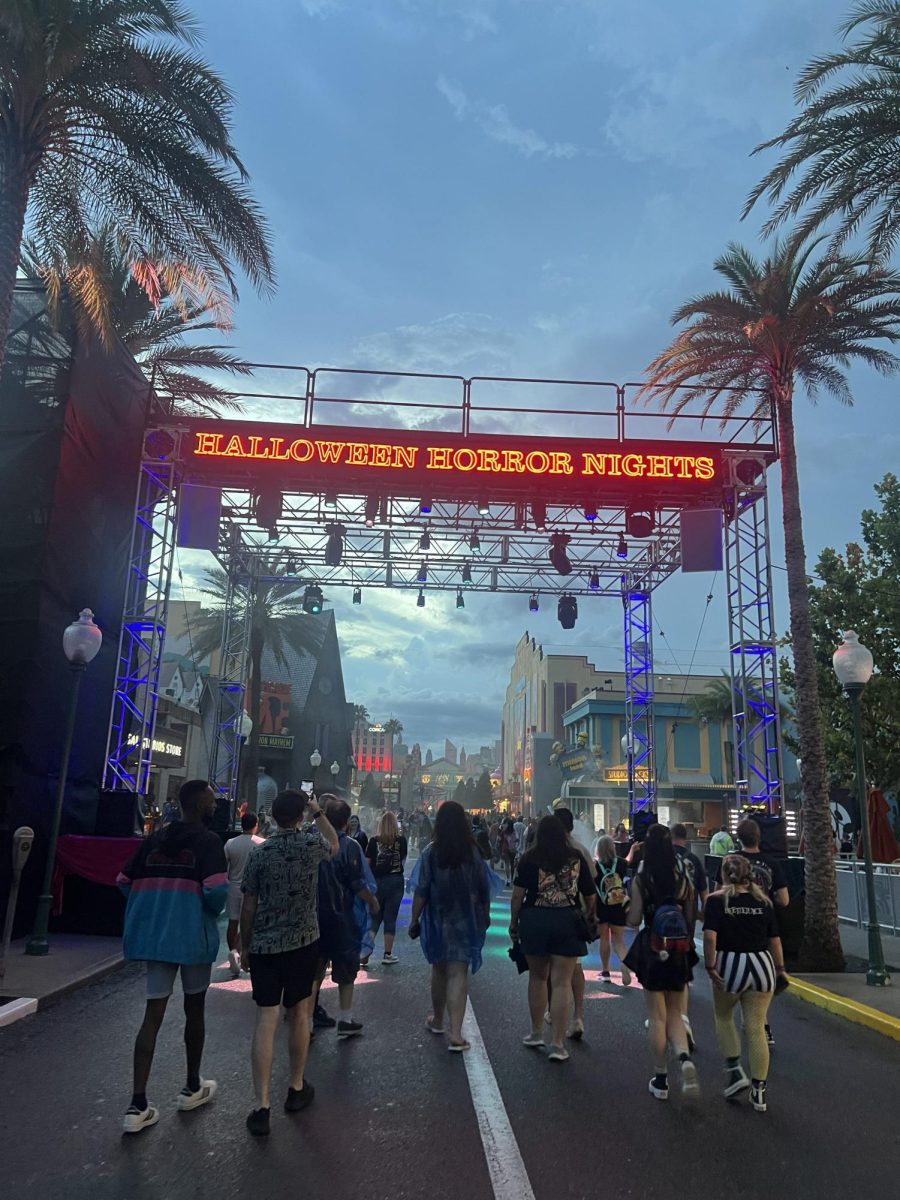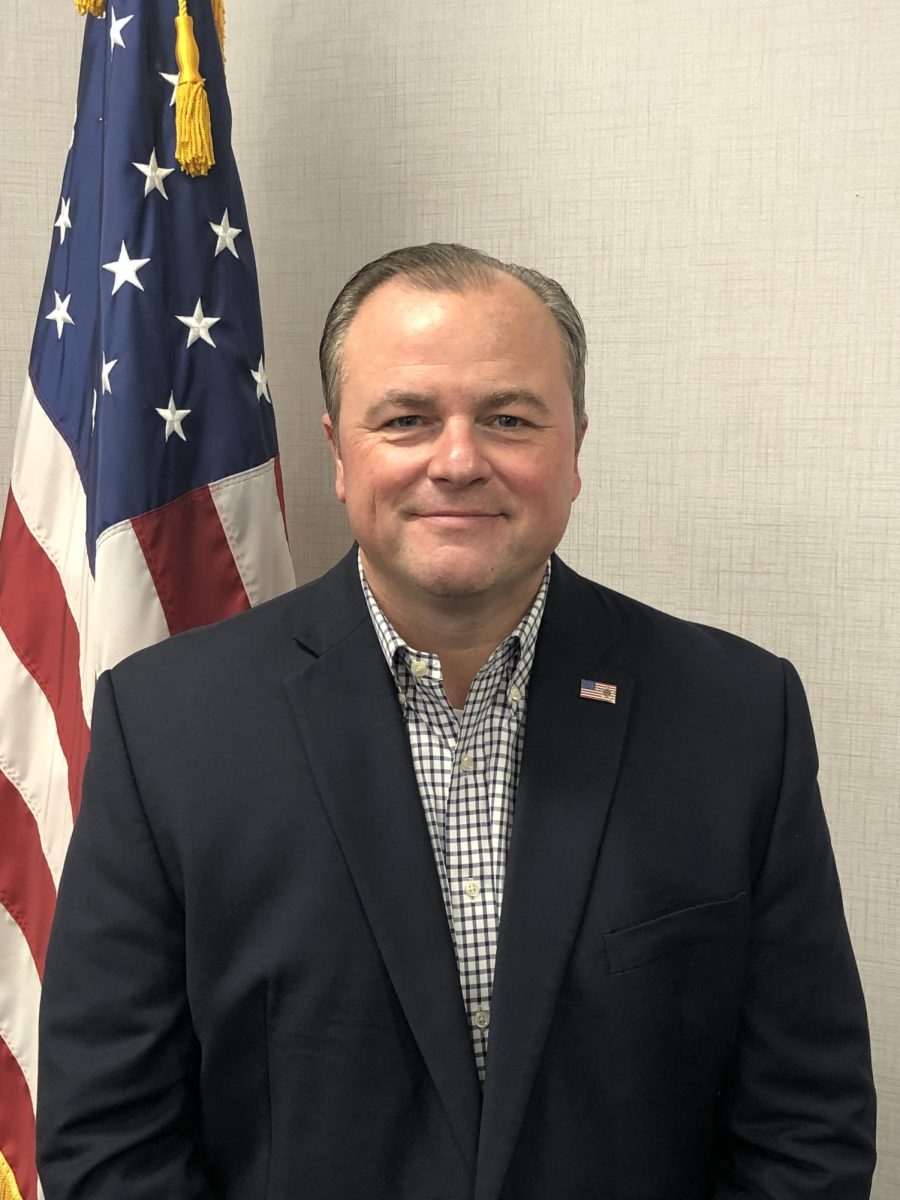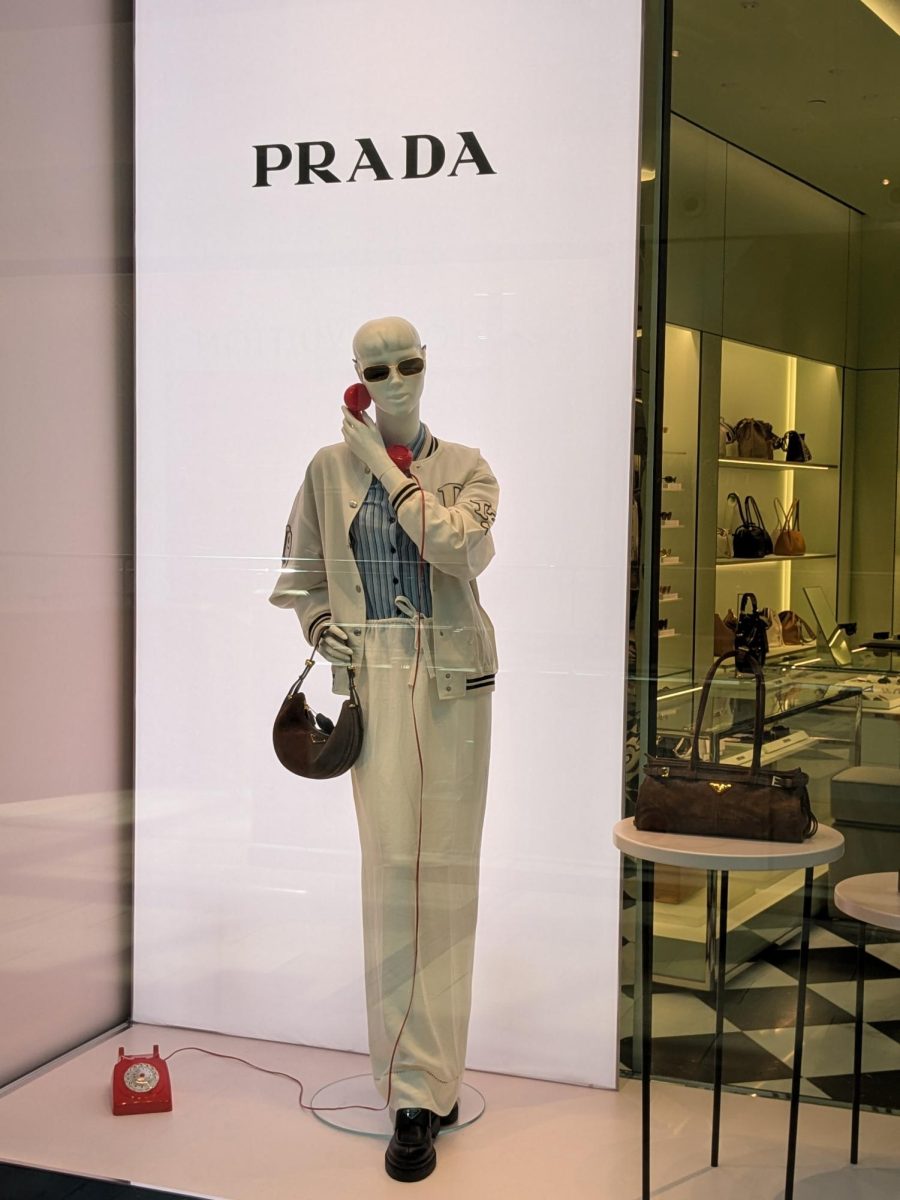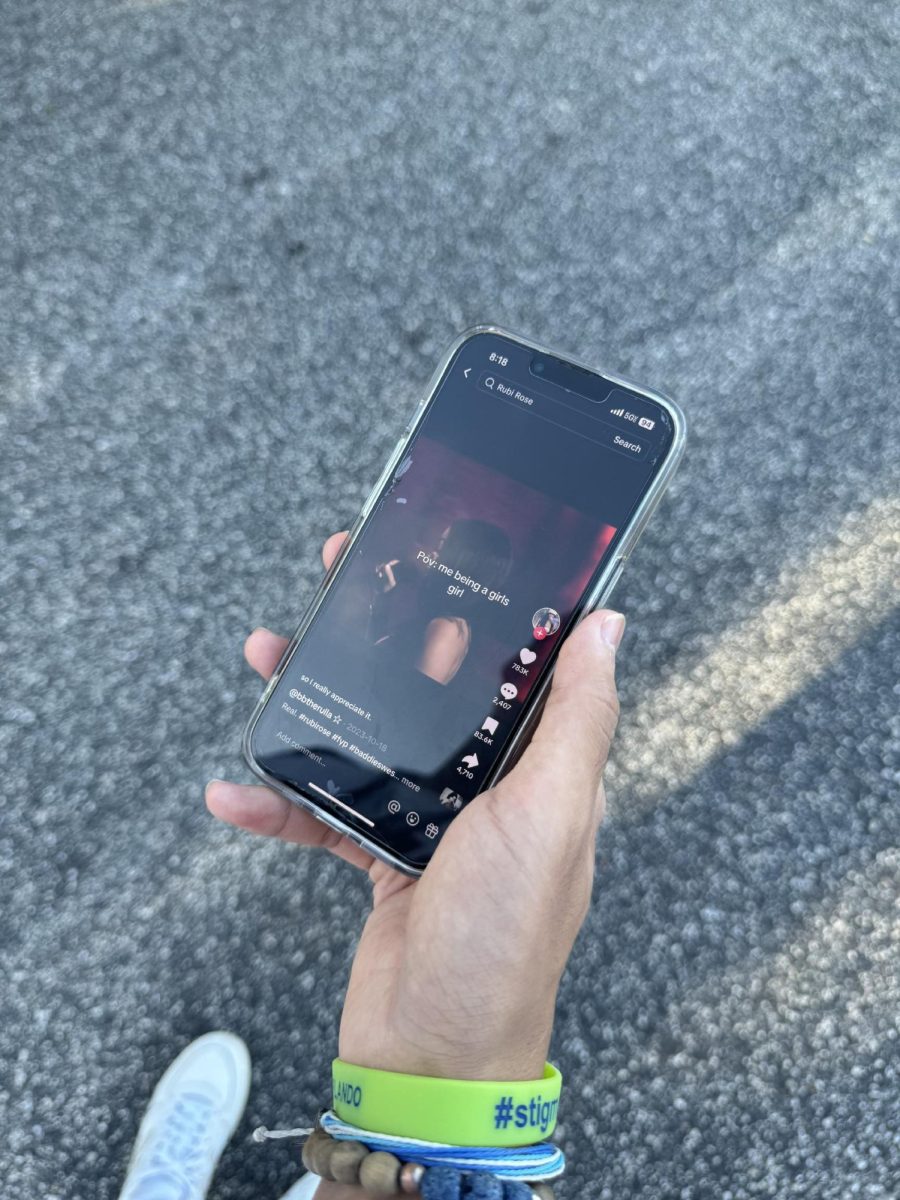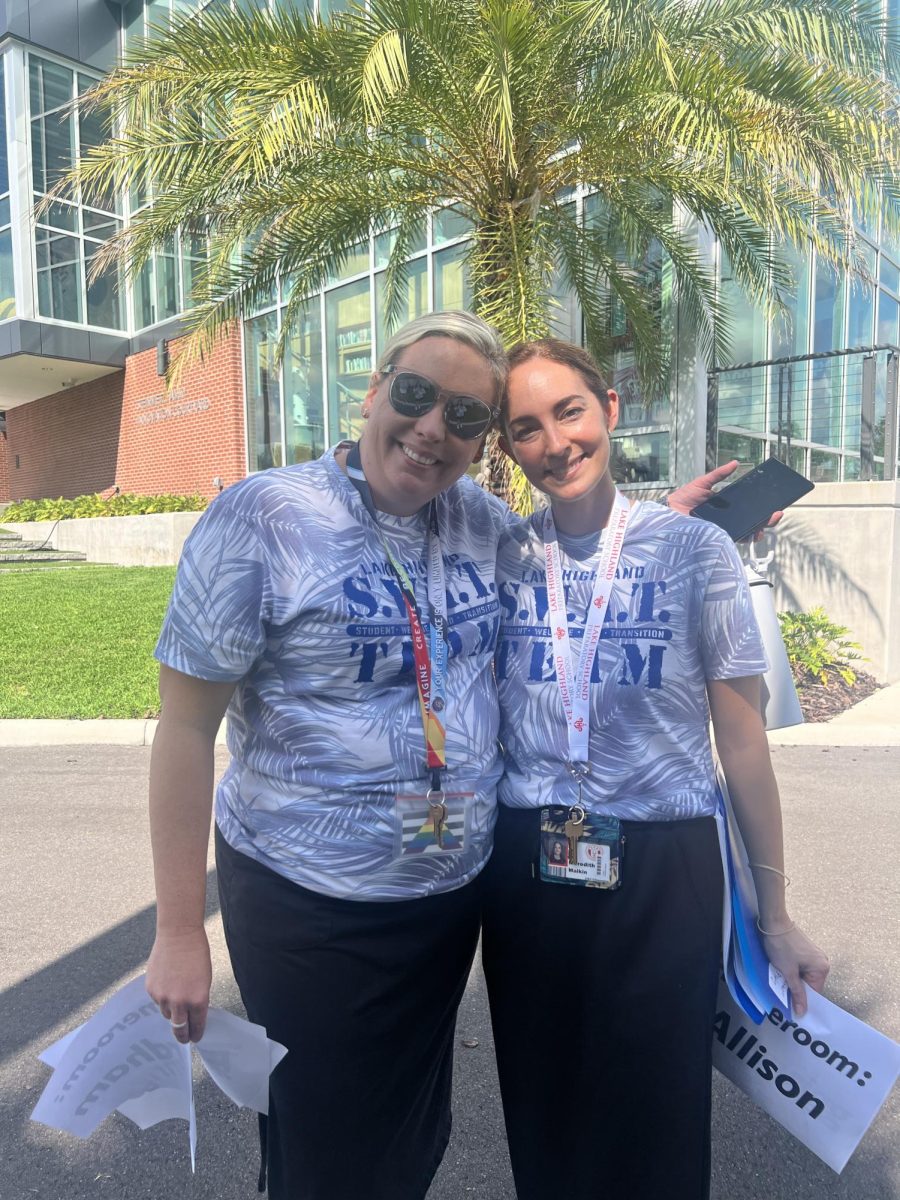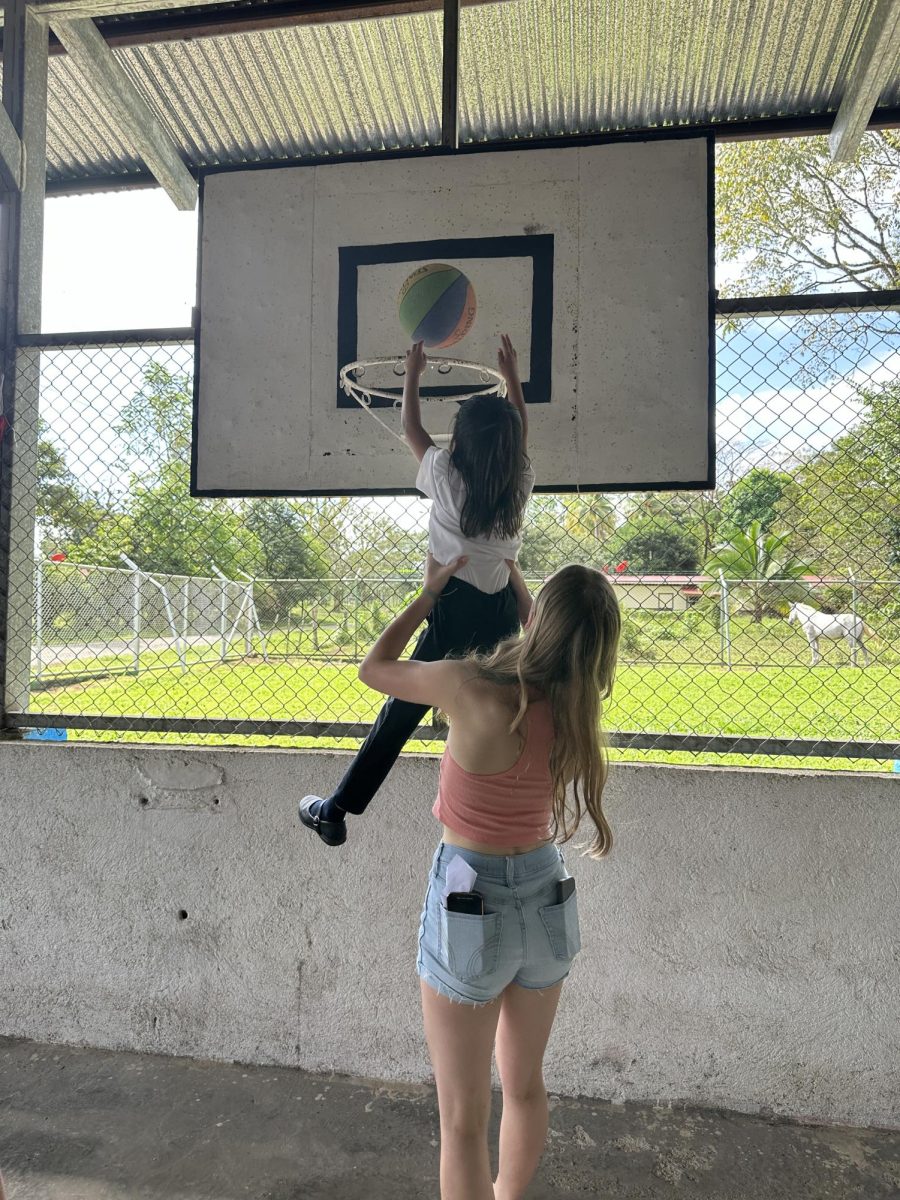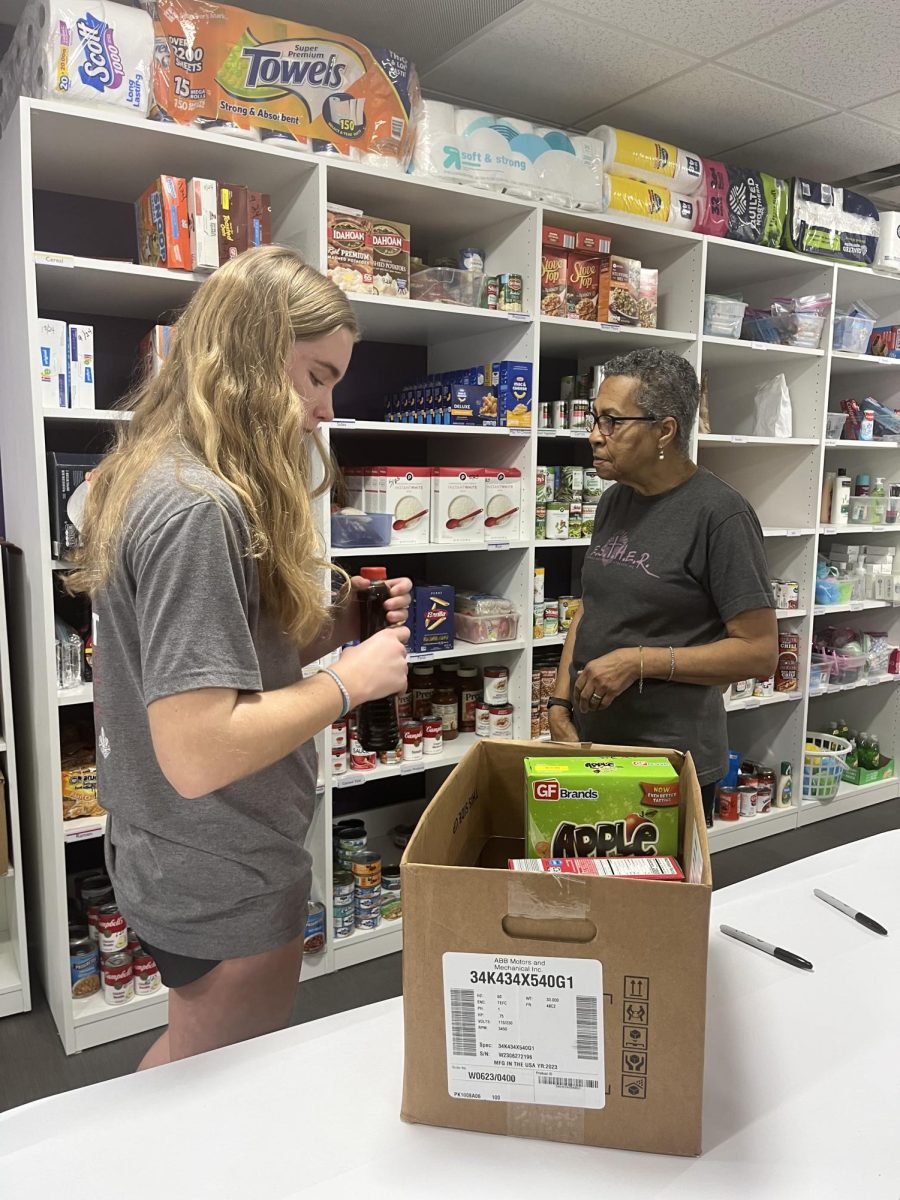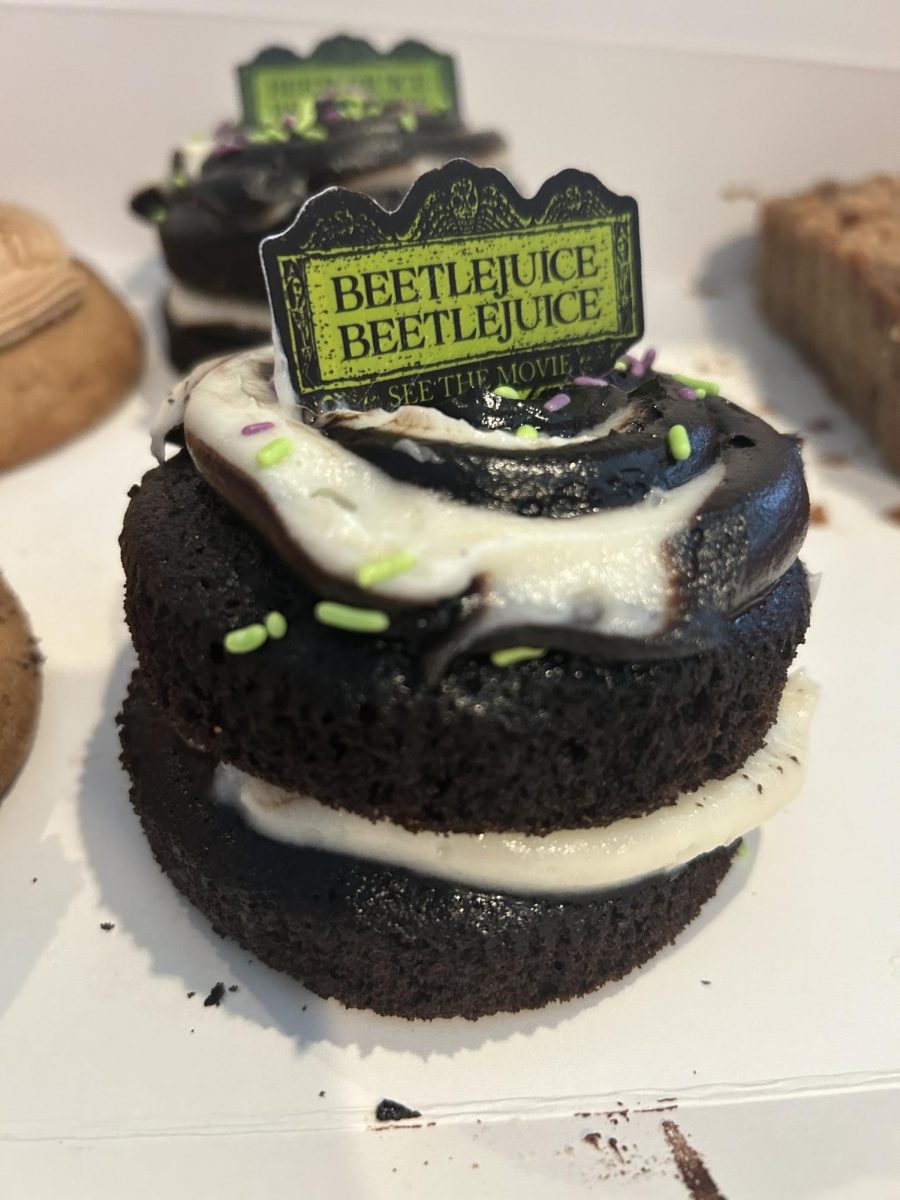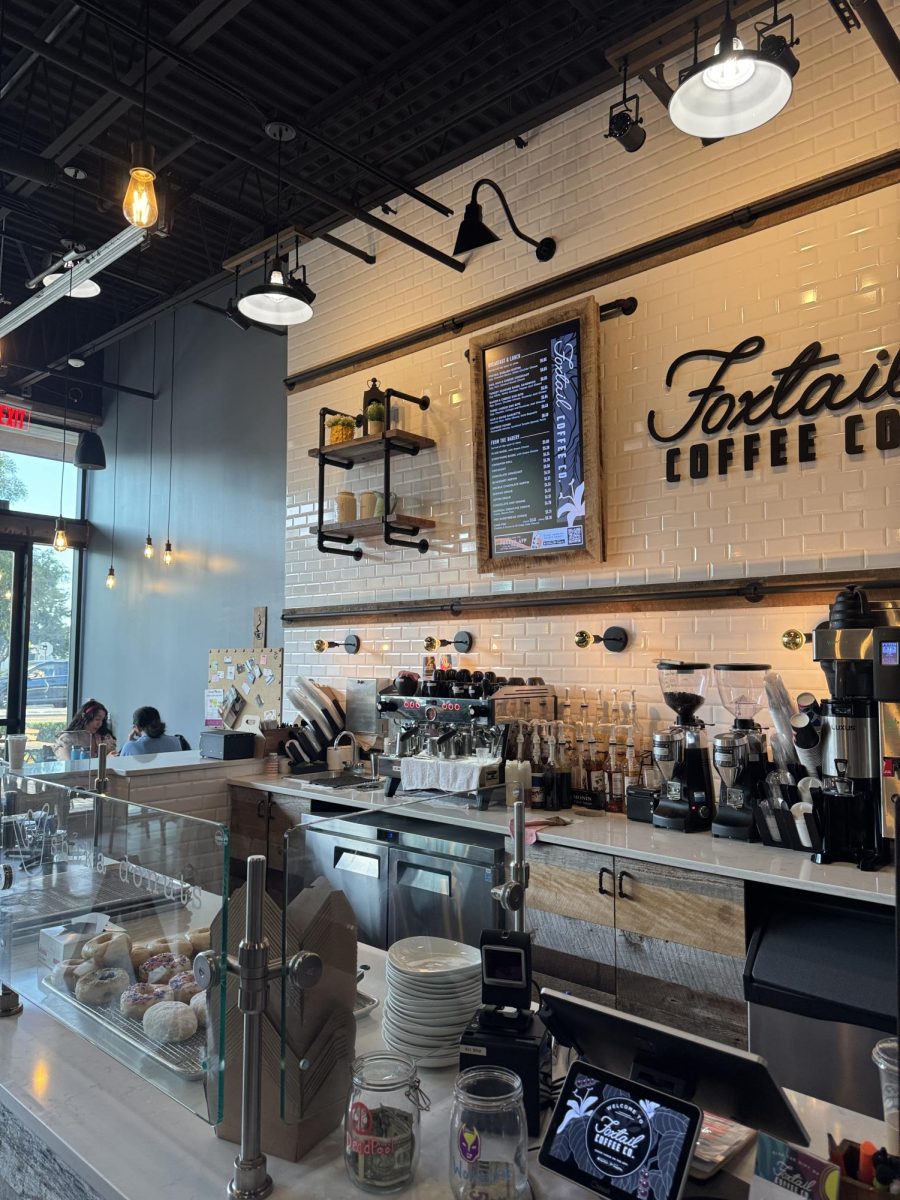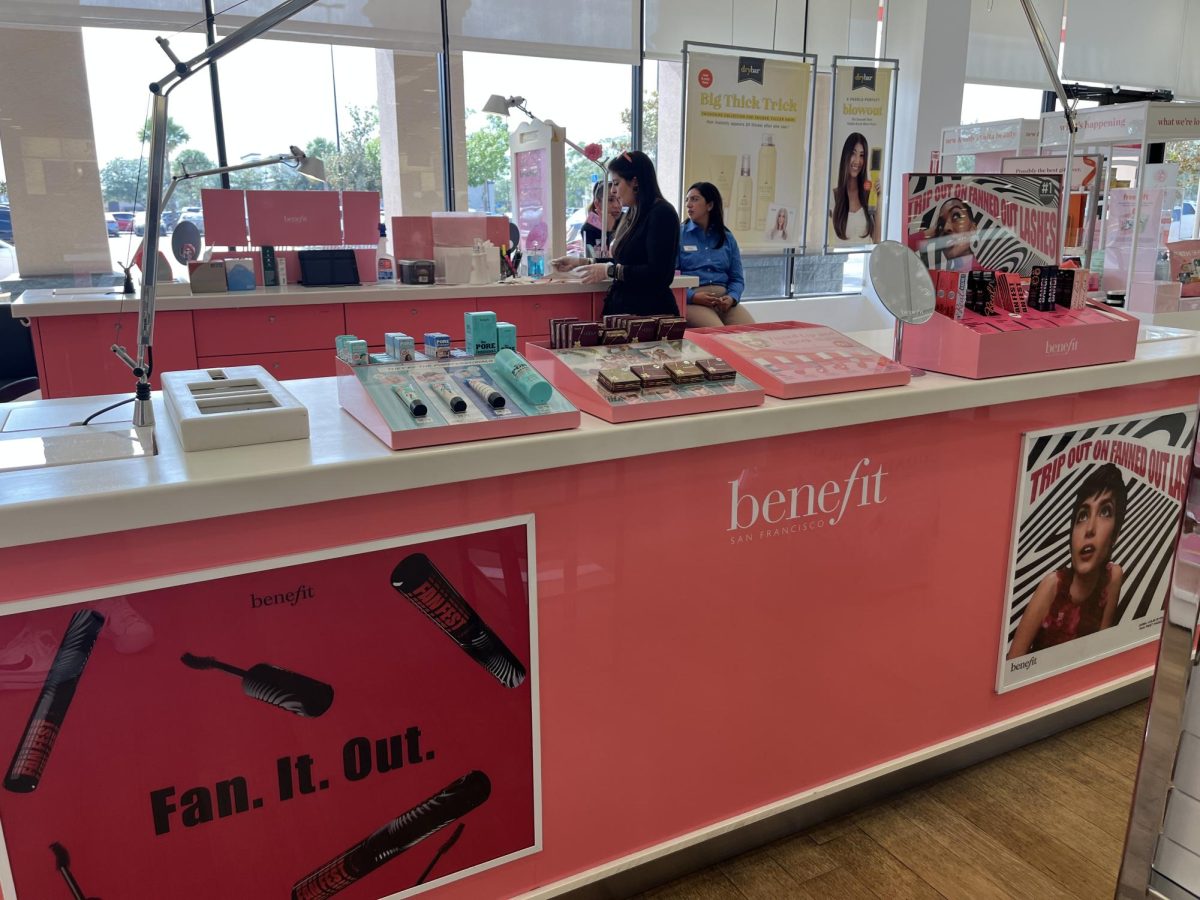Amidst the past decade’s booming makeup and cosmetics industry, heightened even more so by the introduction of “beauty influencers,” a movement is growing alongside the industry: the cruelty-free movement. Cruelty-free cosmetics are products created from top-to-bottom, without harming or killing an animal. A common misconception, and one that I believed for a long time, is that vegan and cruelty-free meant the same thing. If the packaging has the word “vegan” on it, the product does not contain animal-derived ingredients. However, if it has the word “cruelty-free” along with some sort of bunny, whether that be PETA’s heart-shaped one or Cruelty-Free International’s leaping one, the product did not involve the use or harm of animals. Another term that gets confused with cruelty-free is, “Clean.” Clean products don’t contain toxic chemicals such as sulfates, parabens, and phthalates. Nearly all cruelty-free products are clean, but not all clean products are cruelty-free. My rule of thumb when I’m shopping online is to click the cruelty-free tab on Sephora or Ulta’s website, so I don’t have to deal with the terminology at all.
Products that are tested on animals are harmful for many reasons including the environmental toll they take, the toxic chemicals in them, and, most importantly, the ethics involved in testing on animals. Test subjects for cosmetics include mice, fish, cats, monkeys, birds, dogs, and, of course, bunnies. In fact, beagles are the preferred dog for testing due to their small and docile nature which allows companies to breed them without much overhead cost. According to the Humane Society just one year ago, the Humane Society rescued over 4,000 beagles from the Envigo, an animal testing corporation, facility in Virginia, and put them up for adoption, one of which went to Prince Harry and Duchess, Meghan Markle.
The tests these animals undergo range from being injected with harmful chemicals and inflicted with wounds caused by electric shock to death by neck breaking or decapitation. For the most part, animal testing is conducted almost like an allergy test. Experimenters place chemicals onto the skin of animals and wait to see if the results are harmful. Of course, not all animal testing involves dogs. Rabbits are typically injected with chemicals while pregnant to simulate a human pregnancy. Mice are sometimes injected with chemicals over the course of two years to see if they are cancer-causing, and animal-testing companies can place pacemakers in pigs to study the effects on humans. One of the most common misconceptions of animal testing is the idea that nail polish is being brushed on cats or lipstick is being swiped on dogs. Cruelty-free literally translates to not cruel which begs for some horrifying backstory.
Going cruelty-free is also beneficial to the environment. Because cruelty-free products do not contain toxic chemicals and microplastics known as PCCPs, the risk of them contaminating bodies of water and the soil during their disposal is eliminated. Additionally, the absence of these chemicals removes the need for the amount of fossil fuels that go into their production. Naturally, pollinators also benefit from cruelty-free products. These products, along with ones labeled as vegan, legally can not contain beeswax, thus supporting the very much at risk bee community while contributing towards habitat growth.
In return to the growing cruelty-free movement fueled by organizations such as Cruelty-Free Kitty and Cruelty-Free International, governments have begun to take action. Back in 2018, California became the first state to pass the Cruelty-Free Cosmetics Act (SB 1249) which bans the sale of cosmetics that have been newly tested on animals. This act came as just another addition to Governor Jerry Brown’s, animal welfare agenda, as in 2017 California became the first state to ban puppy mill sales. Within the past five years, Virginia, New York, Maine, Louisiana, New Jersey, Hawaii, Illinois, Nevada, and Maryland joined the list. However, the United States was not the first country to implement such bans. In 2013, the European Union banned the marketing of animal-tested products, and one year later India did as well. Just recently on June 27, 2023, Canada modified its Food and Drug Act (FDA) to forbid cosmetic animal testing which will be in full effect in December of this year. Still, it should be noted that these bans solely limit animal testing on new products. Companies such as L’Oreal and Maybelline, which continue to sell in countries featuring cosmetic restrictions, are not cruelty-free.
The biggest challenge to companies who want to become cruelty-free is the Chinese market. Before 2014, all cosmetic products produced or sold to China were forced to be tested on animals. In 2014, China modified the ban to include only imported cosmetics, which meant that if a company sold their products in China, they weren’t cruelty-free. However, in early January 2023, the country eliminated this requirement. Thus, companies such as Dove, Aussie, and Suave finally made the switch to cruelty-free. Hopefully, with the recent opening of Chinese markets, more corporations will stop animal testing.
I first made the switch to mostly cruelty-free products four years ago when, while walking my dog, I came across a beagle that was rescued from a laboratory. From there, I slowly began to replace my makeup products with cruelty-free ones, abiding by what I consider the “Golden Rule” of environmentalism which is, “Use what you already have.” I switched my Maybelline Sky-High mascara to the Essence Lash Princess one, and my Aquaphor to Glossier’s Balm DotCom. I’m certainly not perfect though. I still use Vaseline on cuts and have Burt’s Bees chapstick wherever I go. Going cruelty-free doesn’t have to be an all or nothing deal. Consumers can slowly change out their cosmetics while being aware of how harmful animal testing is because, at the end of the day, something is always better than nothing.
